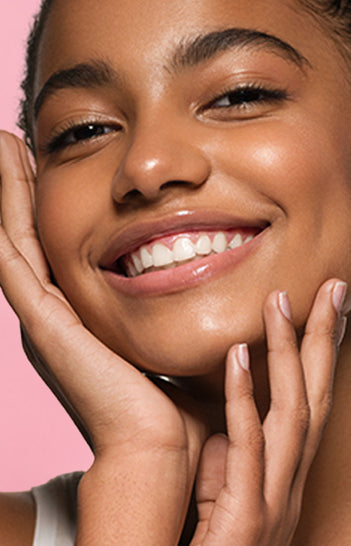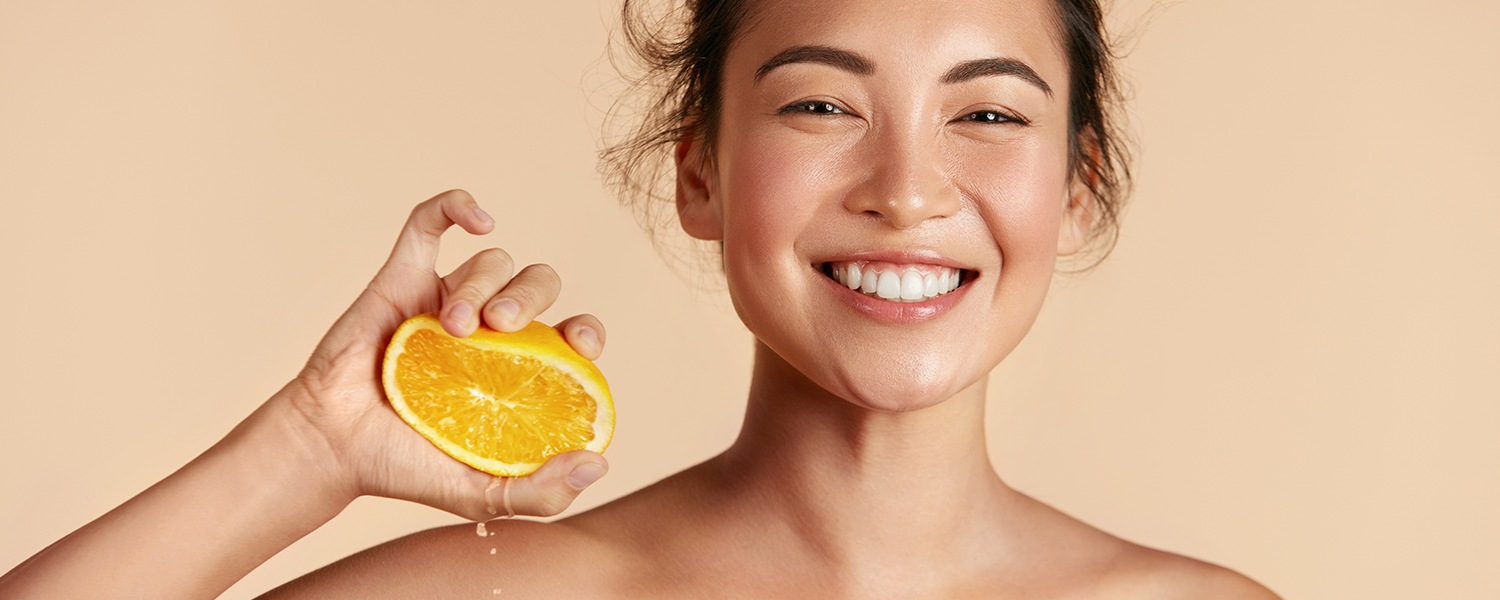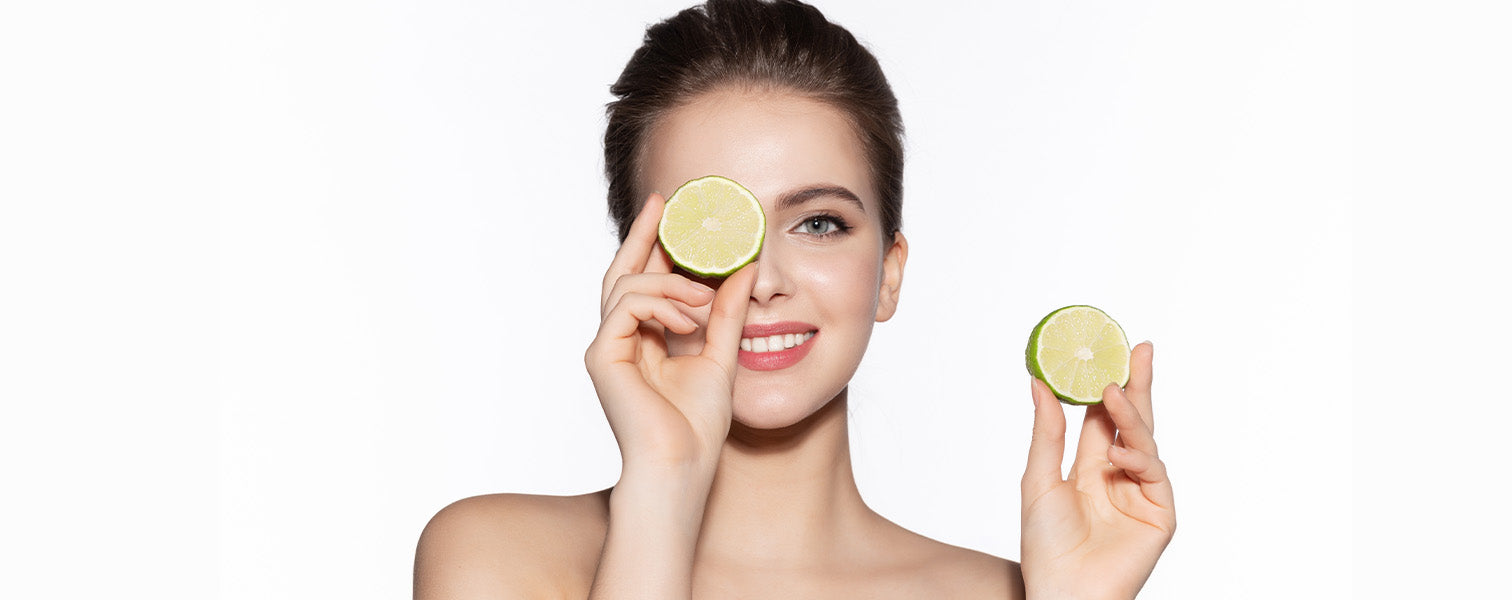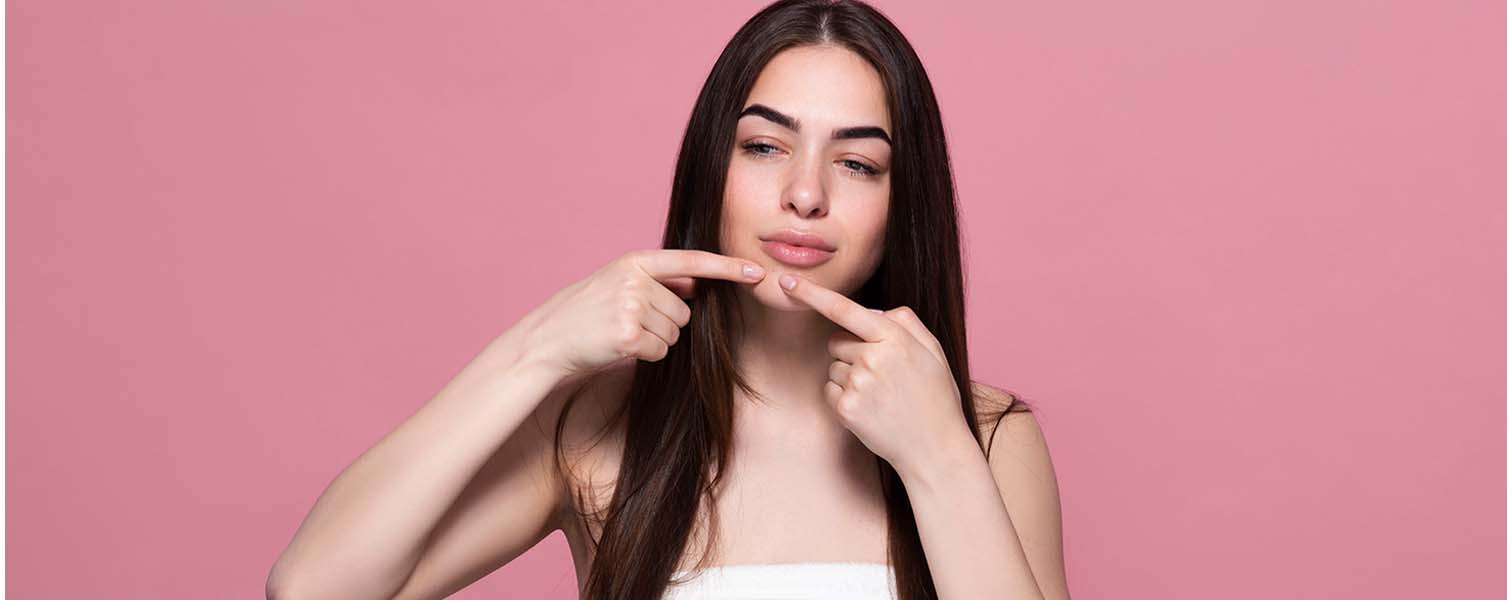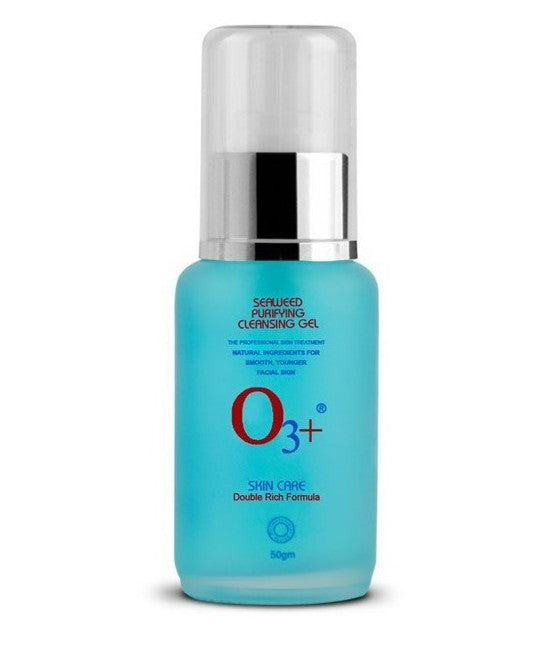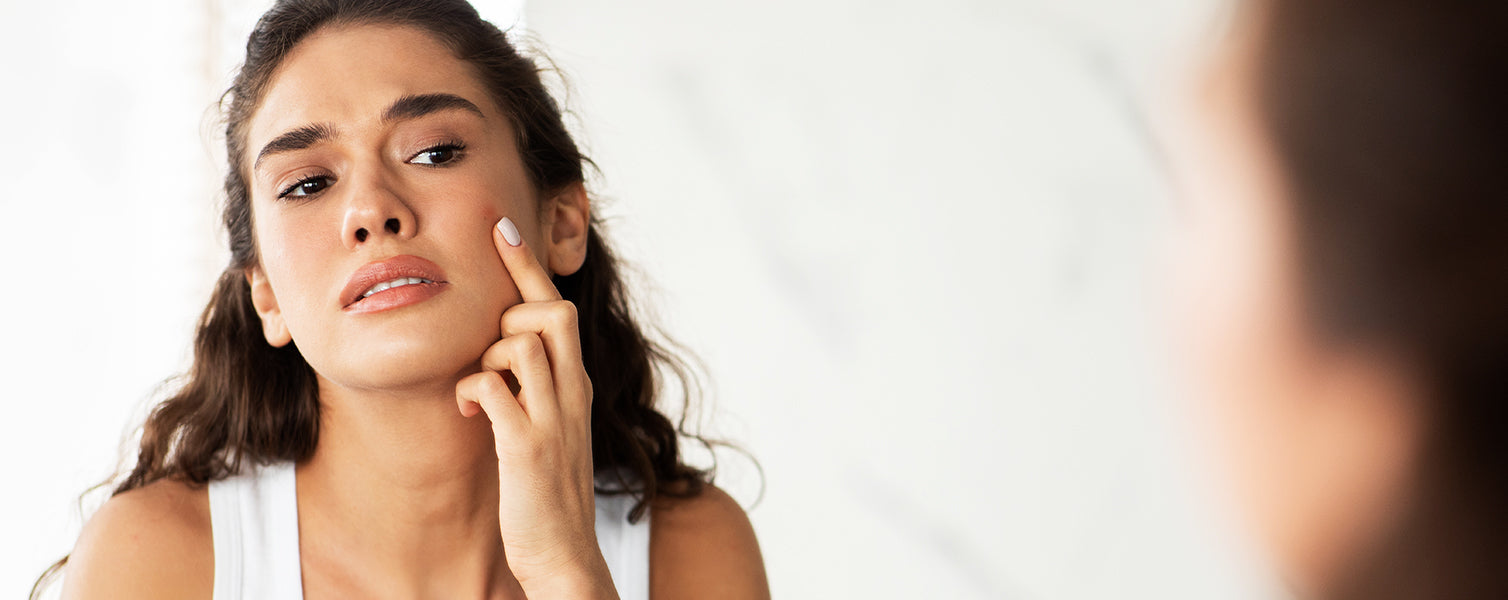
It's a hard life, let me tell you that from one person with acne to another. Acne-prone skin is perhaps one of the hardest skin types to maintain, necessitating special skincare or even cosmetics techniques.
What is Acne-Prone skin?
You can safely assume that you have acne-prone skin if acne outbreaks are commonplace on your skin. Skin that is prone to acne is a chronic, long-term skin issue that needs months or even years of treatment to keep it under control. This proves that acne is not just an adolescent skin problem! Not just on your face, but also on your back, neck, chest, and even shoulders, these eruptions cause acne.
What Are The Types Of Acne?
Acne comes in two forms: non-inflammatory and inflammatory. Let us simplify things for you.
1. Non-inflammatory acne- Mild non-inflammatory acne develops as a result of blocked pores. An illustration of this kind of acne are the blackheads and whiteheads on your nose and temples. Whiteheads are smaller bumps on your skin as opposed to blackheads, which are flat.
2. Inflammatory acne- On the other hand, inflammatory forms are lumps that appear red or more pronounced on your skin. They all fit into this group, including simple pimples, huge painful nodules, small red, uncomfortable papules, cystic lesions, and simple pimples. They are larger, deeper, and occasionally even painful, and they frequently have pus in them.
What Factors Lead to Acne-Prone Skin?
Usually acne is related to oily skin but people with dry skin may also experience breakouts. Following are the reasons for acne.
- Hormonal changes
- Stress
- Improper diet
- Allergic reactions
- Makeup
- Bacteria
- Environmental pollutants
- Certain medications
- Suntan
Skincare Regimen for Acne-Prone Skin
Your morning routine reveals a lot about how you are treating your acne. No matter how late you are running, it's crucial to perform a thorough daytime skincare routine before you leave the house. Here is our list of best products for acne-prone skin from Bitotique:
1. Cleansing- For acne prone skin needs to be cleanse thoroughly with a cleanser or face wash with ingredients like Aloe Vera and tea tree oil. Our Cooling Purifying Face Tea Tree Wash and O3+ Men Tea Tree Ice Cool Acne Blemish Control Cleanser cleans skin while eliminating impurities and decreasing excess oil. These face cleanser gives the skin a matte finish while instantly improving the texture and look.
2. Exfoliation- Don’t exfoliate too much if you have acne prone skin. Over exfoliation can make skin dry and cause breakouts. Our Ultra Clean Blackhead Clearing Pore Control Scrub is a mild exfoliant that aids in easily eliminating blackheads and whiteheads while simultaneously moisturising skin.
3. Toning- Use a mild toner to nourish the acne-prone skin twice a day. Our Seaweed Purifying Toner is the best toner for acne-prone skin. It increases blood circulation and skin tone while oxygenating skin tissues. Additionally, because it aids in pore reduction and excess oil control, it makes the supple and plump.
4. Moisturising- Use an oil-free moisturiser that softly hydrates the skin without making it greasy or oily. Our Triple Acid Oil-free brightening moisturizer is available for all skin types. It is loaded with the benefits of three different types of acids, including lactic and glycolic, as well as adaptogens that have healing properties, such as aloe vera, which rejuvenates dry, damaged skin.
5. Apply mask- Masks are the quickest and ideal way to soothe the skin that us prone to acne. Our O3+ Salicylic + Adaptogen Mask for acne marks & tan removal for normal to oily skin helps to reduce marks and blemishes while also fighting active acne and tanning. For optimal results, use it twice weekly and then immediately after, apply O3+ Derma Cult 2 percent Salicylic acid serum.
6. Serum- Using a serum is an excellent acne treatment. Our O3+ Seaweed Acne Control Serum has cellular regeneration and oil management properties of seaweed. It help maintain the skin clear and clean. It helps reduce scars and blemishes.



